Designing Spaces that Influence Productivity and Well-being
The design of an office space is more than just an aesthetic choice; it's a strategic decision that can significantly influence the productivity, creativity, and well-being of employees. One of the key elements in this design process is colour. The psychology of colour plays a crucial role in shaping the mood and atmosphere of an office environment, impacting how employees feel and perform.
Understanding Colour Psychology
Colour psychology is the study of how colours affect human behavior and emotions. Different colours can evoke different feelings and reactions, making it a powerful tool in interior design. For office fitouts, where the primary goal is to create a space that enhances work performance and employee satisfaction, understanding these psychological effects is essential.
The Impact of Different colours in Office Spaces
Blue: The Colour of Focus and Calm
Blue is often associated with calmness, trust, and focus. It's a colour that can help employees stay productive and maintain concentration, making it ideal for areas where focus and precision are required, such as conference rooms or individual workstations. Light blue shades can create a tranquil environment, while deeper blues can convey professionalism and reliability.
Green: The Colour of Balance and Harmony
Green is known for its calming and balancing effects. It's a colour closely associated with nature, which can help reduce stress and create a sense of well-being in the workplace. Green is particularly effective in spaces where creativity and innovation are important, such as brainstorming rooms or collaborative workspaces. It’s also a great choice for offices that incorporate plants and natural elements, further enhancing its positive effects.
Yellow: The Colour of Optimism and Energy
Yellow is a bright and energising colour that can stimulate creativity and innovation. It's often used in areas where a boost of energy is needed, such as break rooms or creative spaces. However, yellow should be used sparingly, as too much can cause overstimulation or anxiety. Soft, muted yellows can create a welcoming and cheerful atmosphere without overwhelming the senses.
Red: The Colour of Passion and Urgency
Red is a powerful colour that can evoke strong emotions. It’s associated with passion, urgency, and excitement. In an office setting, red can be used to create a sense of urgency or to draw attention to important areas, such as emergency exits or key notices. However, like yellow, it should be used carefully, as too much red can increase stress levels and agitation.
Neutral Colours: The Foundation of Versatility
Neutral colours like white, grey, and beige provide a balanced backdrop that allows other colours to shine. They create a sense of simplicity and professionalism, making them ideal for modern office spaces. Neutrals are versatile and can be paired with brighter accent colours to create a dynamic and engaging environment without overwhelming the senses.
Tailoring Colour Choices to Your Brand and Culture
When choosing colours for an office fitout, it's important to consider your company’s brand identity and culture. The colours you choose should not only enhance the functionality of the space but also reflect your brand’s personality. For example, a tech company might opt for cool blues and greys to convey innovation and efficiency, while a creative agency might choose vibrant yellows and greens to foster a lively and imaginative atmosphere.
The Bottom Line
Colour psychology is a vital aspect of office design that can have a profound impact on employee productivity, creativity, and well-being. By carefully selecting and combining colours, businesses can create office environments that not only look good but also support their goals and values. Whether you're planning a new office fitout or simply looking to refresh your current space, understanding the power of colour can help you design a workplace that truly inspires.

